The brain and behavior seems to be the successor of the famous Cartesian dualism “body-soul”, where the brain is the physical or biological component and behavior the mental or psychological aspect.
Despite its ancient origin, the “body-mind” dichotomy is still unresolved today. A line continues to be drawn between the two concepts, as if they were independent and distant aspects.
However, studying these elements separately ends up being an obstacle to scientific progress, since brain and behavior are interrelated in a more complex way than one might imagine.
Why do we behave in a certain way? Is the brain behind our actions?
Try to answer the following question: What is the ultimate goal of our brain?
Many people will answer: “perceive”, “think”, “reason” or “learn”. And it is true that the brain performs these tasks; however, all of them serve as the basis for a final function: to direct behavior. For example, through our perception we can know what is happening in our environment and thus trigger more useful and adaptive behaviors.
In this way, the objective is to relate certain brain events to certain behaviors. However, not everything is that simple. For example, the same behavior can be triggered by different physiological mechanisms: you might drink a beer because you are thirsty or because you feel stressed and want to take advantage of its intoxicating effect.
Are we our brain?
Right now, try to answer the following question: if they could transplant Albert Einstein’s brain into your body, could you think and speak like him? Would you behave exactly like him? Would you have won the Nobel Prize in Physics? And if they transplanted Amadeus Mozart’s brain into you? Would you have produced the same works as him?
The first thing we tend to think is that if we have a genius’s brain, we will be the genius, since we conceive the brain as the cause of behavior. However, things get complicated if we decide to go further.
Aspects that influence the relationship between brain and behavior
We must not forget that the brain is a flexible and changing organ that evolves throughout life and adapts to the particularities of each environment. Thus, the relationship between brain and behavior is modulated by different aspects.
The environment
The surroundings influence the brain and behavior. For example, the environment modulates the development of different skills. Thus, language acquisition can vary in a child who comes from a rural environment and in another who comes from an urban one (because the verbal stimulation each receives is different).
Another example is that of enriched environments. It has been scientifically proven that a greater number of synaptic connections are established in individuals who are in enriched environments (which provide more possibilities for action, allow greater learning and stimulate the senses) than in impoverished environments.
Environmental factors
On the other hand, there are environmental factors that can modify the development of the nervous system. An example is early malnutrition.
Therefore, it is shown that our brain can undergo changes due to the environment in which we operate and, therefore, influence future behaviors.
Sociocultural and historical aspects
Following the previous example of the brain transplant, our behaviors would very likely have been very different from those of the geniuses in their time. We would soon have adapted to our sociocultural and historical context, undoubtedly different from that of Einstein and Mozart.
Phylogeny
In our brain we harbor a phylogenetic inheritance, that is, an inheritance of the species. Thus, in the human brain a deep or reptilian layer (the oldest phylogenetically), an intermediate or limbic, and an outer or neocortex (which differentiates humans from other animals) can be distinguished. Thus, as we evolve as a species, the brain undergoes changes to meet the demands of the environment.
Genetics
Genetic expression will direct how and when the different parts of our brain will develop according to family inheritance. Within a certain range, it can establish variations such as different sensitivity to rewards, different probabilities of emitting behaviors, etc. On the other hand, if a mutation occurs in the genes involved, the process will vary and may cause various disorders.
Ontogeny
It refers to our development as an individual and what is learned throughout life. Our current behavior is conditioned by past experiences. These are stored in our memory and serve as a guide to emit certain behaviors and not others. One example is that if we have experienced pleasure from an activity in the past, we tend to repeat it.
Brain damage
Another aspect that reaffirms the brain-behavior relationship is the behavioral changes observed after a brain lesion. In fact, the neurosciences are in charge of seeking links between certain brain structures and certain behaviors, mainly through the observation of individuals with brain damage. Thus, neuroimaging techniques are performed to determine the location of the lesion and the individual’s neuropsychological profile is examined. If the pattern repeats in a large number of different patients, it can be said that a certain brain area is related to the impaired function.
Conclusions on the relationship between brain and behavior
In short, all of this indicates that there is a complex and interdependent relationship between brain and behavior. The brain receives external and internal information and influences that allow the most appropriate behaviors to be triggered at each moment. In addition, our behavior entails consequences in the environment, which can be experienced as positive or negative for us. These consequences make us learn and modify the probability that that behavior will be repeated or not. The learning achieved ends up producing changes at the brain level, specifically in the synaptic connections of our brain.
References
- Carlson, N.R. (2006). Physiology of Behavior 8th Ed. Madrid: Pearson. pp: 2-3.
- Matute, E. and Roselli, M. (2010). Child neuropsychology: history, concepts and objectives. In S. Viveros Fuentes (Ed.), Neuropsychology of Child Development (pp. 3). Mexico: El manual moderno.
- Tamayo, J. (2009). The brain-behavior relationship: toward a new duality? Revista Internacional de Psicología y Terapia Psicológica, 9(2), 285-293.
If you liked this post about the relationship between brain and behavior, you might be interested in these posts from NeuronUP:
“This article has been translated. Link to the original article in Spanish:”
Relación entre cerebro y conducta: ¿somos nuestro cerebro?
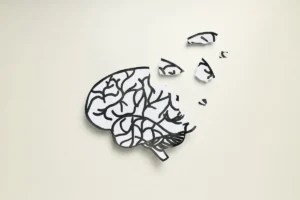
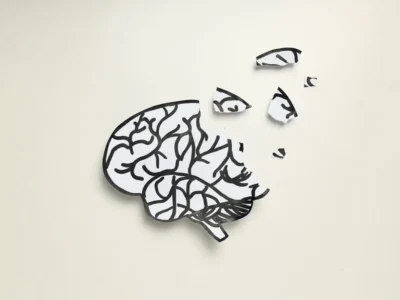
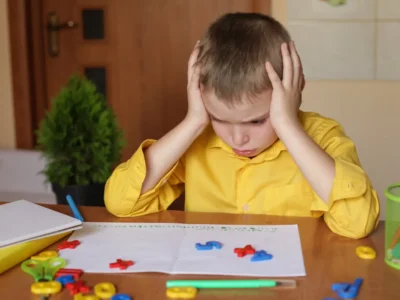

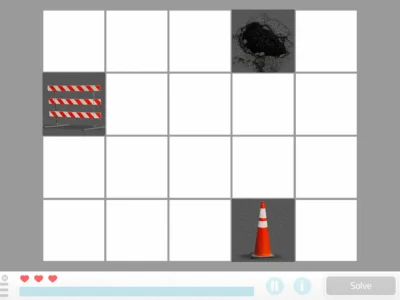

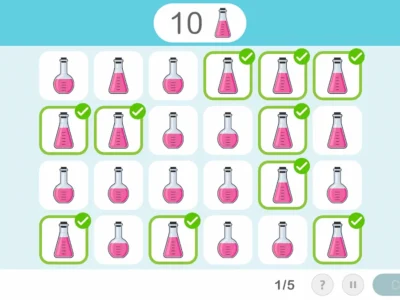
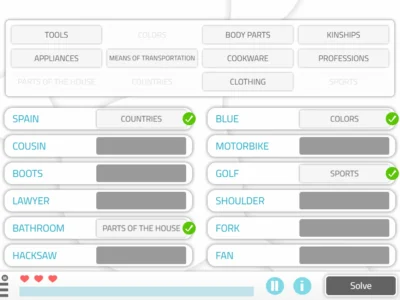
 Intervention in Minors with High Intellectual Abilities
Intervention in Minors with High Intellectual Abilities
Great article. Very interesting both the post and the blog.
I wonder if the changes that the environment produces in our brain could show up in a genetic transmission to our descendants.